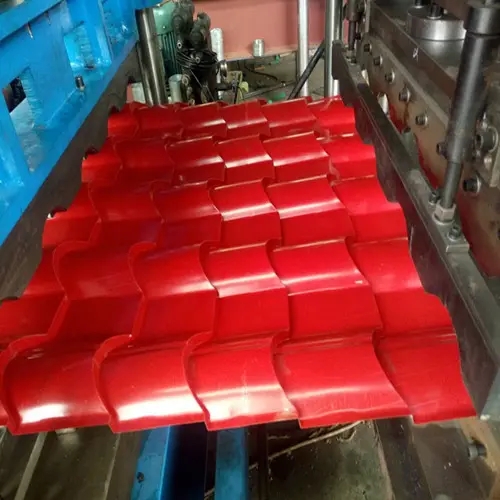
Understanding PPGI and PPGL A Comprehensive Guide
In the realm of modern construction and manufacturing, the materials used can significantly influence both the aesthetic appeal and functional integrity of a project. Among these materials, Pre-painted Galvanized Iron (PPGI) and Pre-painted Galvalume Steel (PPGL) have emerged as popular choices due to their unique properties and versatility. This article aims to delve into the nuances of PPGI and PPGL, highlighting their characteristics, applications, and benefits.
What is PPGI?
PPGI, or Pre-painted Galvanized Iron, is steel that has undergone a process of galvanization to prevent corrosion, followed by a layer of paint. The process begins with galvanized steel, which is coated with a protective zinc layer to help resist rust and other environmental damage. Subsequently, this galvanized steel is coated with a layer of paint, enhancing its appearance and offering additional weather resistance.
The manufacturing of PPGI involves a combination of advanced techniques and eco-friendly practices, ensuring that the product is both durable and sustainable. PPGI is available in a wide array of colors and finishes, making it a versatile option for various design requirements.
What is PPGL?
PPGL, or Pre-painted Galvalume Steel, shares many similarities with PPGI but features a distinct coating. While PPGI is coated with zinc, PPGL combines zinc with aluminum, creating a protective layer that provides exceptional resistance to corrosion and heat. The typical composition of Galvalume includes about 55% aluminum, 43.5% zinc, and 1.5% silicon, which together form a robust protective barrier that enhances the longevity of the steel beneath.
PPGL is particularly valued for its superior durability and is often preferred for applications in harsher environments where excellent corrosion resistance is paramount. Like PPGI, PPGL is also available in various colors and finishes, catering to the diverse aesthetic needs of modern architecture.
Key Differences between PPGI and PPGL
1. Corrosion Resistance The primary difference lies in their composition. PPGI, coated with zinc, offers good corrosion resistance but may not be as durable as PPGL in severe conditions. PPGL, with its aluminum-zinc alloy coating, provides significantly better resistance to corrosion and high temperatures, making it more suitable for use in coastal and industrial environments.

2. Durability PPGL typically outperforms PPGI in terms of longevity. The aluminum component in the coating of PPGL helps to form a protective oxide layer that enhances its resistance to corrosion and ensures durability even in the face of harsh weather conditions.
3. Cost Generally, PPGI is less expensive than PPGL due to the difference in materials and the manufacturing process. However, the choice between the two should also consider the specific application and environmental conditions, as investing in PPGL may save costs on maintenance and replacement in the long run.
Applications of PPGI and PPGL
Both PPGI and PPGL are used across a range of industries, from construction to home appliances. Common applications include
- Building Materials PPGI and PPGL are frequently used for roofing, wall cladding, and facades due to their lightweight nature and aesthetic versatility.
- Automotive Industry These materials are also employed in various automotive components, thanks to their durability and resistance properties.
- Home Appliances Many white goods, like refrigerators and washing machines, utilize PPGI and PPGL for their exterior finishes, benefiting from both protective and aesthetic features.
Conclusion
In summary, PPGI and PPGL represent significant advancements in materials used for construction and manufacturing. Their unique properties and aesthetic versatility offer a plethora of options for architects and manufacturers. When selecting between the two, considerations such as environment, cost, and long-term durability should guide the decision. Understanding these materials better will undoubtedly enhance their application and integration into modern projects, driving advancements in the industry as a whole. With an increasing focus on sustainability and durability, PPGI and PPGL are poised to remain at the forefront of material innovation.